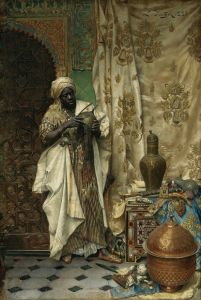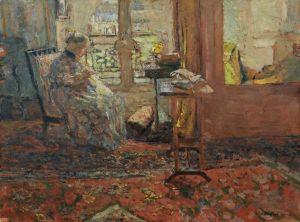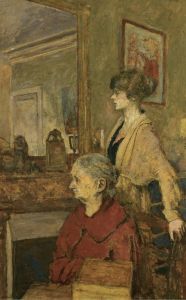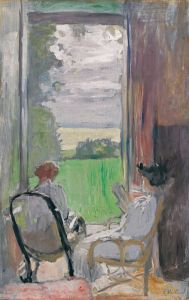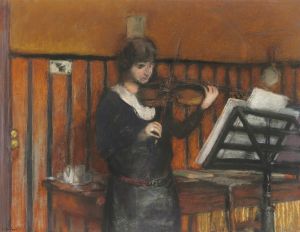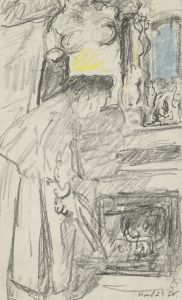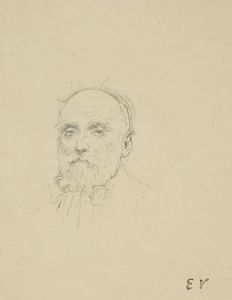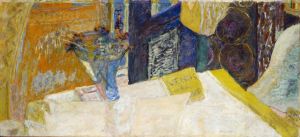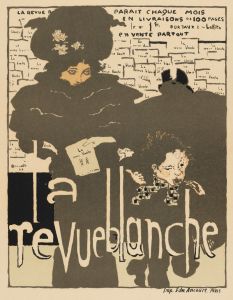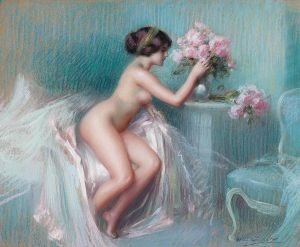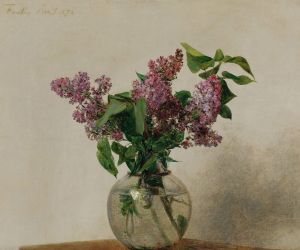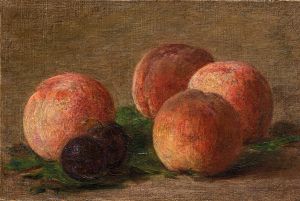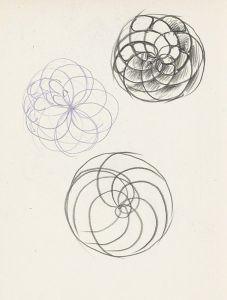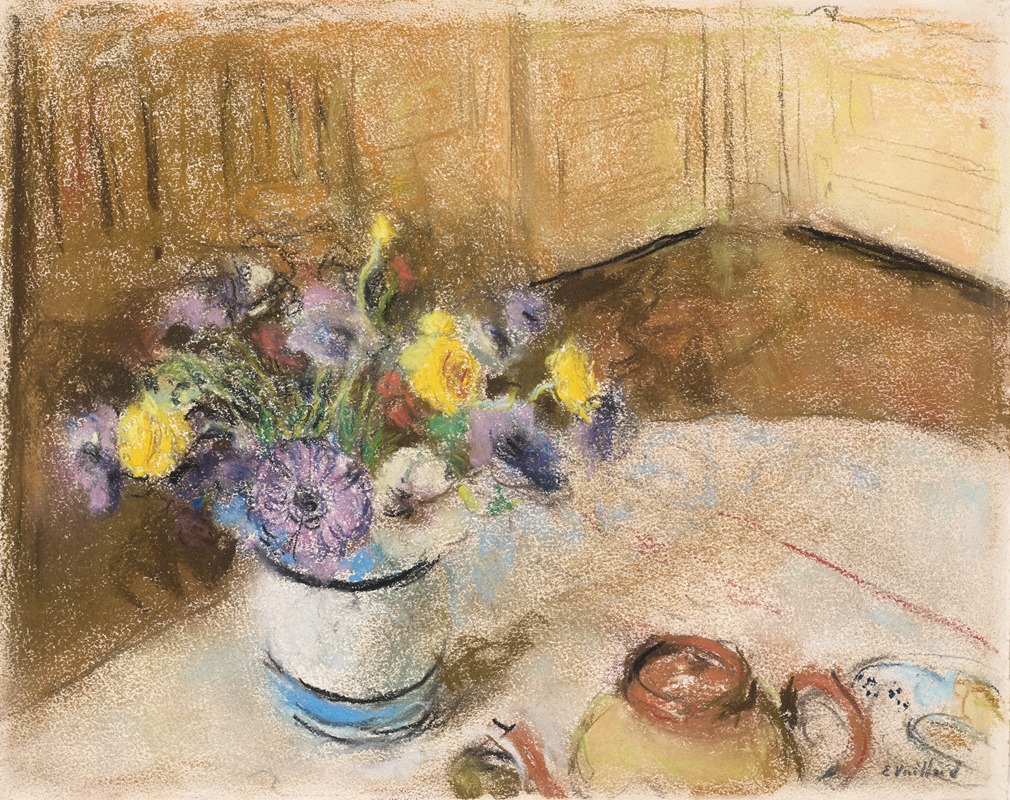
Fleurs
A hand-painted replica of Édouard Vuillard’s masterpiece Fleurs, meticulously crafted by professional artists to capture the true essence of the original. Each piece is created with museum-quality canvas and rare mineral pigments, carefully painted by experienced artists with delicate brushstrokes and rich, layered colors to perfectly recreate the texture of the original artwork. Unlike machine-printed reproductions, this hand-painted version brings the painting to life, infused with the artist’s emotions and skill in every stroke. Whether for personal collection or home decoration, it instantly elevates the artistic atmosphere of any space.
Édouard Vuillard, a prominent French painter associated with the Nabi movement, created the painting "Fleurs" during his prolific career in the late 19th and early 20th centuries. Vuillard is renowned for his intimate domestic interiors and his ability to capture the subtleties of everyday life, often infusing his works with a sense of warmth and familiarity. "Fleurs" is a testament to his skill in depicting floral arrangements, a subject he frequently explored throughout his artistic journey.
Vuillard was born on November 11, 1868, in Cuiseaux, France. He studied at the Lycée Condorcet, where he met fellow artists Pierre Bonnard and Maurice Denis, who would later become his colleagues in the Nabi group. The Nabis, a group of avant-garde Post-Impressionist artists, were influenced by Paul Gauguin and sought to break away from the naturalism of Impressionism, emphasizing instead the symbolic and decorative aspects of art. Vuillard's work is characterized by its use of rich patterns, textures, and a muted color palette, often reflecting the influence of Japanese prints and the Symbolist movement.
"Fleurs" exemplifies Vuillard's unique approach to composition and color. While specific details about the painting's creation and its current location are not widely documented, it is consistent with Vuillard's style during the height of his career. His floral paintings often feature intricate arrangements set against patterned backgrounds, showcasing his ability to blend figures and interiors seamlessly. Vuillard's technique involved the use of distemper, a type of paint made by mixing pigments with a binding medium, which allowed him to achieve a matte finish and subtle tonal variations.
Vuillard's fascination with flowers can be traced back to his interest in the decorative arts and his desire to create harmonious compositions that evoke a sense of tranquility and beauty. In "Fleurs," as in many of his works, the flowers are not merely botanical studies but are integrated into the overall design of the painting, contributing to its decorative quality. This approach reflects the influence of the Arts and Crafts movement, which emphasized the importance of beauty in everyday objects and surroundings.
Throughout his career, Vuillard maintained a close connection with his family, often using his mother and sister as subjects in his paintings. This personal aspect of his work is evident in the intimate settings he chose, where floral arrangements frequently appear as part of the domestic environment. Vuillard's ability to capture the essence of his subjects, whether people or objects, is a hallmark of his artistic legacy.
Édouard Vuillard passed away on June 21, 1940, in La Baule, France, leaving behind a rich body of work that continues to be celebrated for its contribution to modern art. His paintings, including "Fleurs," are appreciated for their ability to convey the beauty of everyday life through a unique blend of realism and abstraction. Vuillard's work remains influential, inspiring subsequent generations of artists to explore the interplay between color, pattern, and form.





